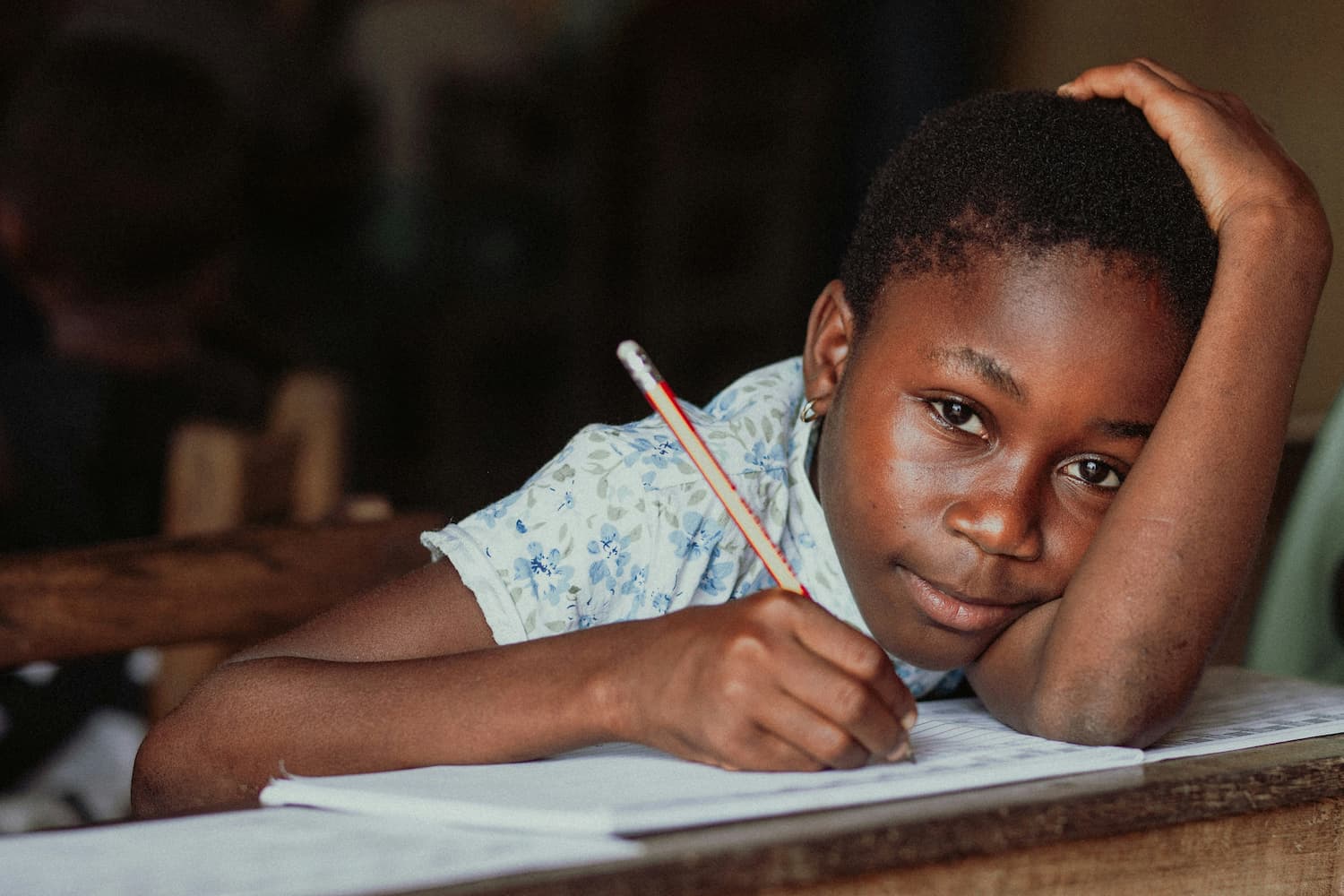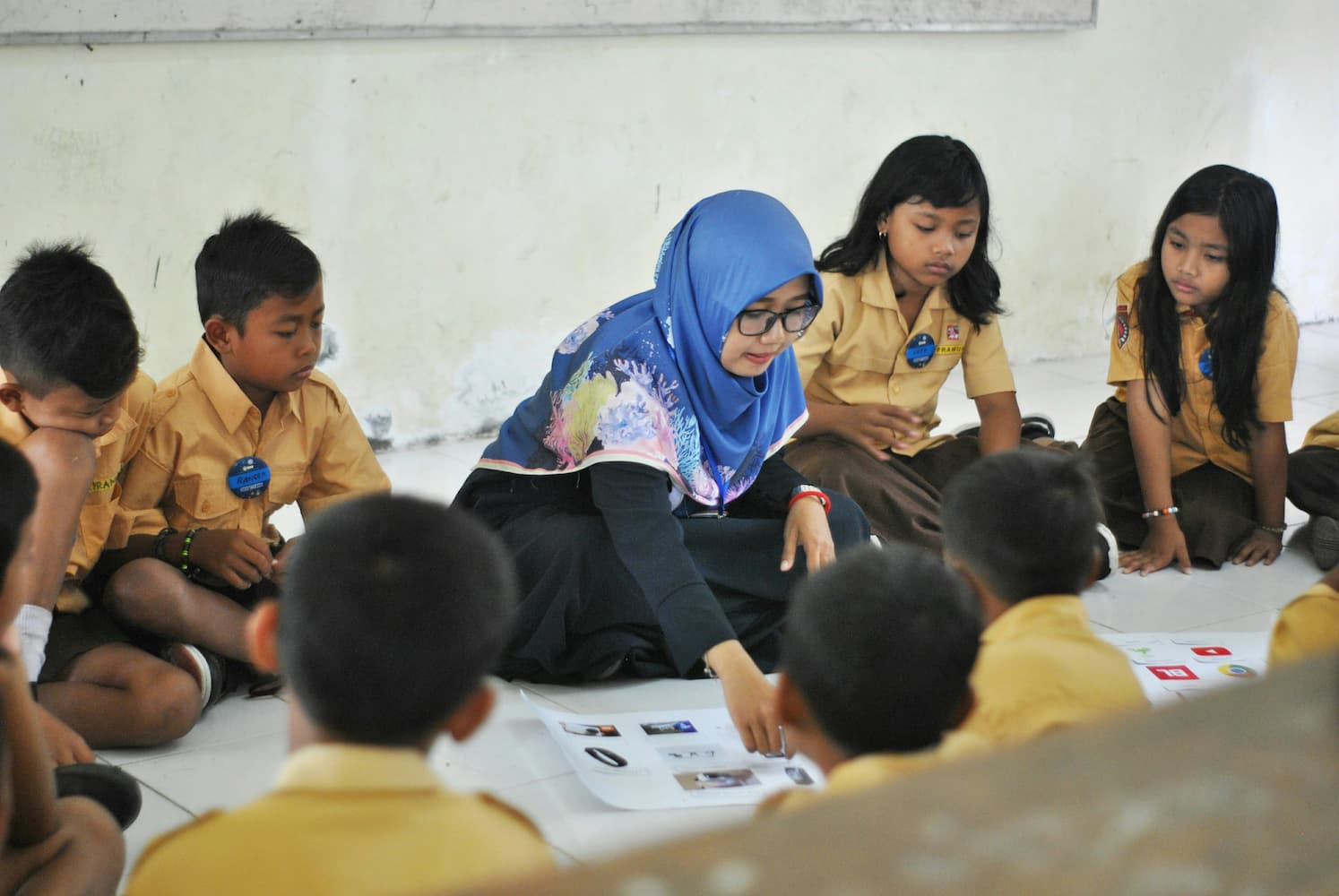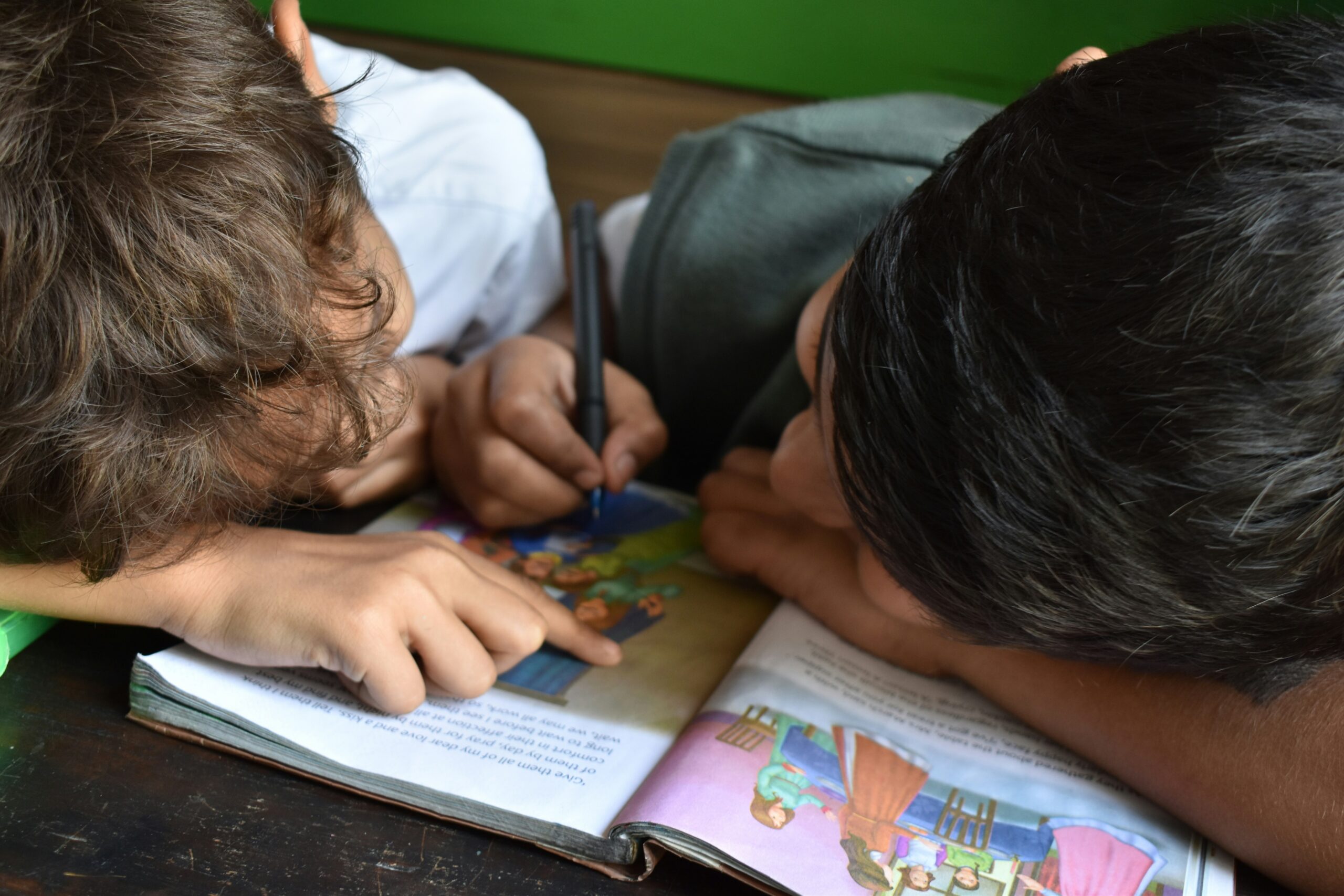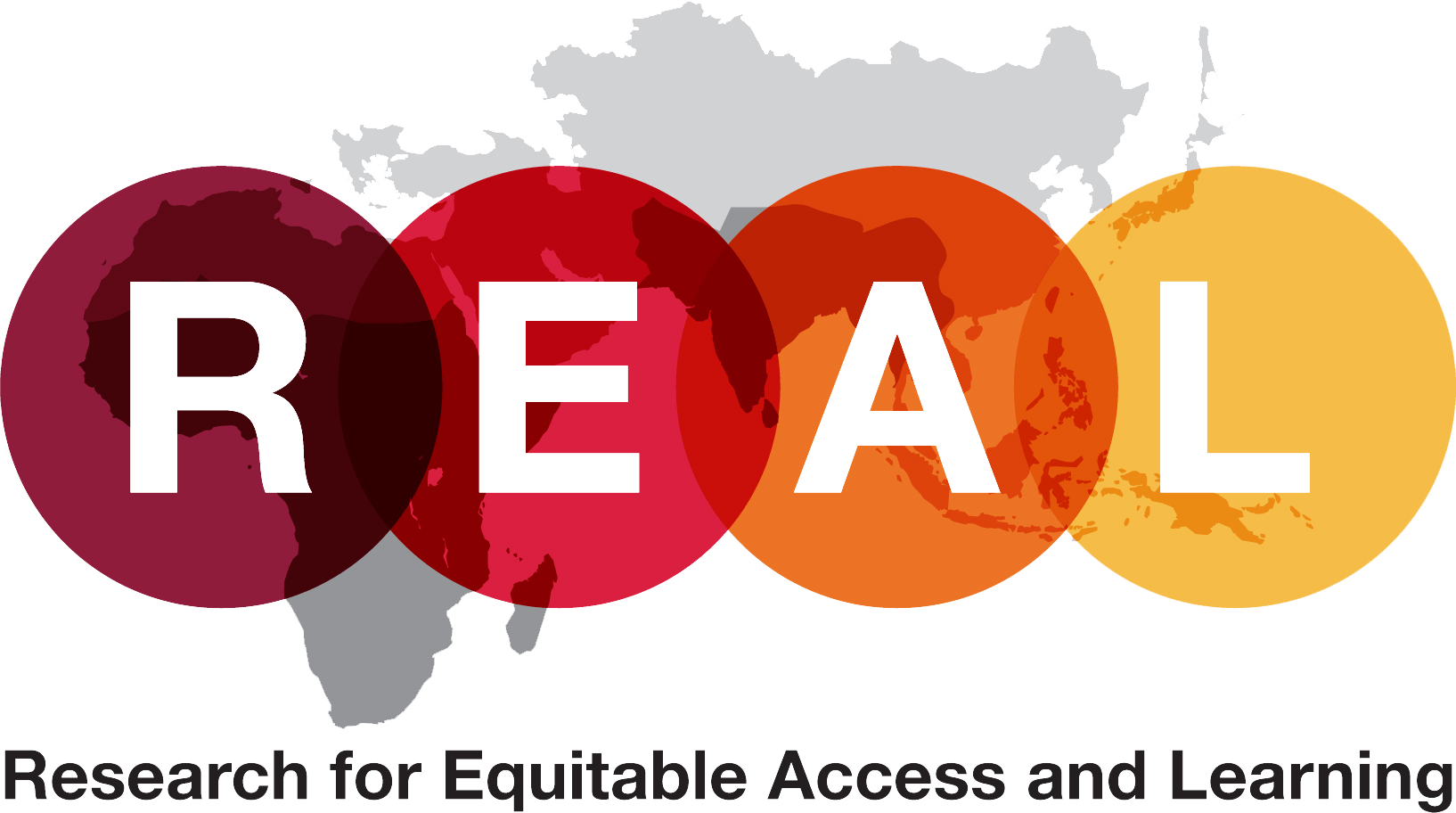Blog
Reaching the marginalised or going to scale? Lessons from the Girls’ Education Challenge
Laraib Niaz, Pauline Rose, Monazza Aslam and Shenila Rawal
This blog explores potential tensions between achieving scale and reaching the marginalised in education programmes. We draw on evidence from the Girls’ Education Challenge (GEC) to inform this. Yet, GEC projects also highlight there can be higher costs of reaching the marginalised, given the complexities of doing so. Despite higher costs, reaching these girls also provides significant benefits in terms of literacy and numeracy improvements. Non-quantifiable benefits were also identified such as enhanced health knowledge and outcomes, increased self-confidence, improved social networks, shifts in social norms, reductions in gender-based violence, and positive spill-over effects within local communities. This blog informs an understanding of possible tensions between going to scale while aiming to reach the marginalised, and strategies to navigate them.
The Girls’ Education Challenge (GEC), funded by the UK government’s Foreign, Commonwealth and Development Office (FCDO), operated across 41 projects in 17 countries in sub-Saharan Africa and South Asia over the period 2012–24. It targeted over 1.6 million marginalised girls. GEC projects addressed intersectional barriers such as disability, ethnic minority status, displacement, extreme poverty, and gender-specific challenges such as domestic responsibilities, vulnerability to violence and early marriage. These girls might never have been to school, dropped out early, or be at particular risk of not learning for those who are in school. Scaling considerations for the GEC has involved both reaching larger populations as well as embedding sustainable, systemic changes within schools, communities and governments to ensure lasting impact.
This blog draws on insights from a review of evaluation reports and learning briefs across all 41 GEC projects, alongside 55 key informant interviews with implementing and strategic partners. It also incorporates findings from an independent evaluation study on value for money (VfM) in GEC projects, which combine primary data using interviews and surveys with beneficiaries of selected projects with secondary data from project budgets, quarterly reports, external evaluations, VfM briefs and monitoring data on project beneficiaries.
Despite higher costs, Girls’ Education Challenge projects have been found to provide value for money
The Girls’ Education Challenge (GEC) independent evaluation study on value for money (VfM) focusing on three projects in Nepal, Malawi and Ethiopia showed that the cost of supporting a girl for one year in these projects was around 2–3.5 times higher than the equivalent costs for projects supporting girls in school. Despite the higher costs, reaching marginalised girls can provide significant value for money by delivering estimated benefits often exceeding costs, with returns as high as 4–5 times in Nepal and Ethiopia. Interventions resulted in measurable improvements in literacy, numeracy and transition to formal schooling. For instance, in Malawi and Nepal, learning gains equated to five additional years of schooling, and transition rates reached 72% for girls aged 10–14. Similarly, despite higher costs, the Campaign for Female Education (CAMFED)’s project in Tanzania demonstrated impressive cost-effectiveness, achieving the equivalent of two additional years of learning per $100 spent.
Addressing intersectional barriers such as disability and ethnicity, navigating restrictive social norms and overcoming environmental and conflict-related disruptions require multiple interventions. For example, the Adolescent Girls Education in Somalia (AGES) project faced significant hurdles due to prolonged droughts and flooding, which caused large-scale displacement and made accessing marginalised girls in rural areas and camps for internally displaced persons particularly difficult. Similarly, in Nepal, the Marginalised No More project struggled to engage girls from the Musahar community, a highly marginalised Dalit group. In Sierra Leone, teenage pregnancy – driven by abuse, transactional sex or lack of reproductive health knowledge – was a major reason for school dropouts. Efforts to reach these girls then often required extensive resources, expertise and local partnerships, which had time and cost implications.
The cost per girl with disabilities was estimated in some cases to be 58%–105% higher than the cost per girl without disabilities. In Ethiopia, these costs included providing assistive devices and medical coverage, paying fuel, accommodation and per diem costs for parents and children to access medical check-ups and undertaking awareness campaigns. For some projects, learning outcomes for girls with disabilities who received interventions improved at a similar or greater pace compared to girls without disabilities in the group not supported by the project.
Tailored interventions to reach marginalised groups often helped to narrow learning gaps between them and their peers. In Nepal, girls with disabilities achieved significant improvements in literacy and numeracy through assistive devices, classroom adaptations and targeted teaching support. In Somalia, projects such as Somali Girls Education Promotion Programme (SOMGEP) and Adolescent Girls Education in Somalia (AGES) demonstrated that targeted interventions for girls from pastoralist households or conflict-affected regions yielded greater educational outcomes, largely due to their lower starting points and specialised support.
All children can benefit from programmes that reach the most marginalised
The twin-track approach employed by Girls’ Education Challenge (GEC) projects effectively addressed system-wide barriers together with providing targeted support, benefiting all girls as well as boys, not just the most marginalised.
Addressing physical and infrastructural barriers supported education access and equity for all learners not just girls with disabilities, reinforcing the effectiveness of this approach. For instance, TEAM Girl Malawi’s efforts to improve transport, provide accessible WASH facilities and repair thatched roofs addressed barriers that affected all students, not just girls with disabilities. Girls with disabilities in Malawi had reported that damaged thatched roofs let in too much sunlight during the summer and leaked during rainfall, making classrooms uncomfortable and sometimes unusable. Similarly, toilets were often unhygienic and inaccessible, creating further challenges for students, particularly during menstruation. By addressing these structural issues, the initiative created a more inclusive and supportive learning environment for all children. Community awareness sessions focusing on education of marginalised girls including those belonging to ethnic minority groups and young mothers shifted norms around education for all girls as well as for boys from marginalised backgrounds.
Reaching marginalised girls can also have unintended positive spillover effects
Projects directly improved outcomes for marginalised girls whilst also creating positive impacts for the wider community. Wider benefits included improved vaccination rates, delayed marriages and better reproductive health awareness. For example, in Excelling Against the Odds project in Ethiopia, higher vaccination rates accounted for up to 8% of overall project benefits, and girls reported being better informed about family planning, reducing early marriages. Community-based initiatives amplified these effects. In Nepal, VSO’s Sisters for Sisters and ENGAGE projects introduced Girls Inclusive Education Networks, which extended their impact to areas beyond the initial target areas. In Kenya, the Kenya Equity in Education Project (KEEP) project’s community-based mobilisers established their own organisations focused on girls’ education, thus extending the reach of these initiatives.
The spillover effects were not limited to girls; boys and families also benefitted. In Pakistan, the Closing the Gap project reduced corporal punishment through community awareness campaigns, teacher training and strengthened child protection mechanisms, benefiting both boys and girls. In Ghana, Making Ghanaian Girls Great (MGCubed) encouraged boys to take on household responsibilities, challenging harmful gender norms and promoting equitable domestic roles.
Projects reaching marginalised girls strengthened government systems and policies that benefitted all children
Girls’ Education Challenge (GEC) has shown the importance of political will to make lasting changes for the most marginalised girls, but challenges arise when working with government systems whose political agenda does not align. For instance, the KEEP project in Kenya was working in a refugee camp context that the government was constantly considering closing. In Afghanistan the change in political regime restricted the ability of the project to support girls.
Scaling educational interventions within government systems can influence cost structures. For instance, the Educating Adolescent Girls with Empowerment and Resilience (EAGER) project in Sierra Leone found that the cost per girl decreased as the programme scaled up, levelling off at approximately £431 per girl when reaching 50 girls per community. This suggests that scaling can lead to economies of scale, reducing per-beneficiary costs.
Finally, irrespective of cost-benefit analyses, reaching the most marginalised is a necessary policy choice for achieving national and international development goals. Focusing on the most marginalised serves as an impactful strategy for achieving systemic change. As shown by GEC, high-cost interventions targeting the most marginalised groups not only demonstrate value for money but also address shared barriers, such as inadequate infrastructure or harmful social norms, which affect a wider range of learners.
We thus call for scaling interventions to take account of including those from marginalised backgrounds, as doing so ensures solutions that benefit all learners while enhancing equity in education. This approach shifts the narrative from ‘reaching the marginalised versus scaling’ to ‘scaling including the marginalised.’ By embedding inclusive strategies at the core of educational interventions, widespread and sustainable impact for all children becomes possible, ensuring no one is left behind.
Niaz, L., Rose, P., Aslam, M. & Rawal, S. 2025. Reaching the marginalised or going to scale? Lessons from the Girls’ Education Challenge. What Works Hub for Global Education. Blog. 2025/008. https://doi.org/10.35489/BSG-WhatWorksHubforGlobalEducation-BL_2025/008
Discover more

What we do
Our work will directly affect up to 3 million children, and reach up to 17 million more through its influence.

Who we are
A group of strategic partners, consortium partners, researchers, policymakers, practitioners and professionals working together.

Get involved
Share our goal of literacy, numeracy and other key skills for all children? Follow us, work with us or join us at an event.


